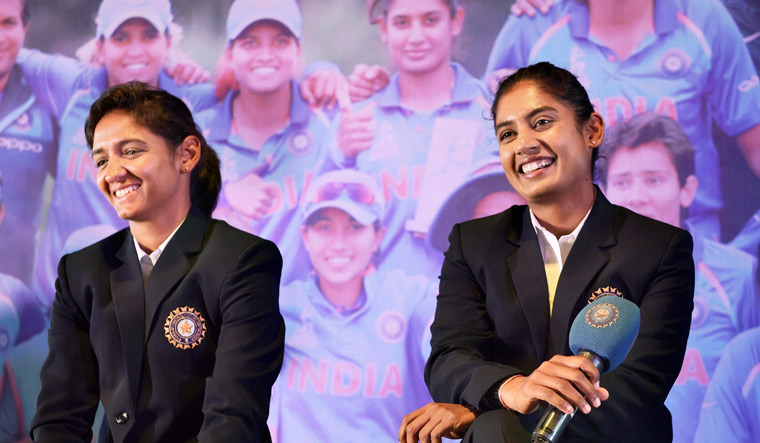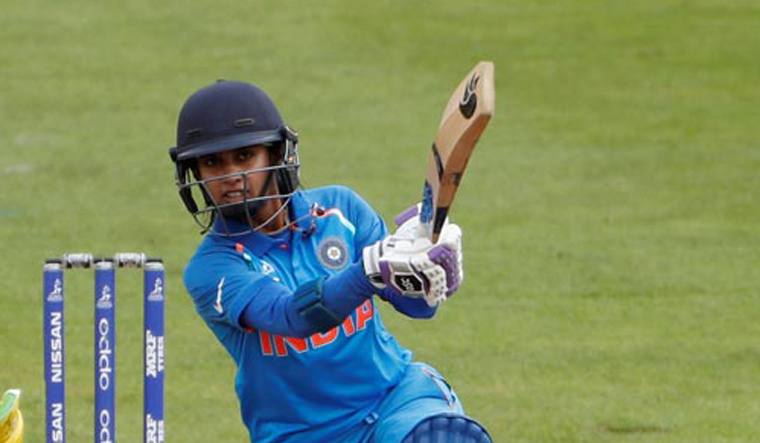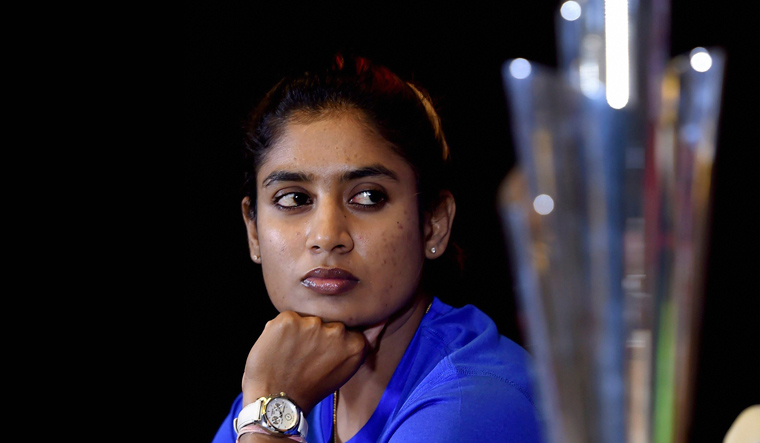The Indian women’s cricket team had caught the attention of fans of the game in the country last year when they entered the final of the World Cup in style before losing narrowly to England. The exploits of the side, led capably by Mithali Raj, with Harmanpreet Kaur being the star of the show, soon became the stuff of legends, so much so that despite not winning the championship they were feted in the manner of a victorious side.
Hence, expectations were on the higher side when the team embarked on the World T20 Championships held in the West Indies last month. These hopes gathered wings when the team won the pool matches with ease and moved on to the last-four stage. However, they came crashing down in the semifinals where England handed them a drubbing.
Since occasional bad days are part of limited overs cricket, especially in the shortest version of the game, this loss should not have been too much of a concern for a team that has shown the potential to be world champions. But the stories of infighting within the side that surfaced in the aftermath of the defeat indicated that there was something more to the loss than a mere bad day in office.
What has presently come into the public arena through leaked emails and conversations with journalists show that a deep malaise is in the making in the management of the national side, which, unless attended to promptly, carries the potential to cripple its performance.
Strange decision
Eyebrows were raised when Mithali, the captain of the side in Test matches and One Day Internationals, was benched for the semifinal against England. Mithali, besides being the most experienced batswoman in the side, is also the top run-getter for India in both the ODI and T20 formats. She had played the first three matches in the T20 World Cup and scored half-centuries in two matches―against Pakistan and Ireland―where she got a chance to bat, which would state that she was fit and in good form as well. Hence, her exclusion from the playing eleven for the semifinal was surprising, to say the least.
As it turned out, India lost the semifinal because of a batting collapse that saw the side crumbling from a fairly comfortable position of 89/2 in the 14th over to being dismissed for 112. It goes without saying that the panic in the Indian ranks was caused by the fall of two quick wickets and the approaching slog overs. An experienced player capable of keeping her calm and composure in crisis could have averted the fright and confusion that set in and steadied the innings for 2-3 overs, thus paving the way for a frontal assault on the bowling after that. But, what happened was that one batswoman after other tried to hit her way out of trouble, thus hastening the end of the innings even before the full quota of overs.
 [File] Harmanpreet Kaur (left) and Mithali Raj | PTI
[File] Harmanpreet Kaur (left) and Mithali Raj | PTI
In the immediate aftermath of the loss, it appeared that the decision to drop Mithali was a bonafide mistake by an inexperienced team management, which believed that energy and passion of youth was more relevant to T20 cricket than the steadying hand of age and experience. Mithali had been rested for the last pool match against Australia, which India won easily, and it looked as if the captain and coach had got carried away by that victory and decided to retain the eleven. There also existed the possibility of two differing wavelengths between the younger Harmanpreet, the exciting and exuberant skipper in T20 matches, and the older Mithali, the suave and unflappable captain in other formats of the game. As the Indian public was not new to the issue of personality clashes between superstars of the game, it was expected that chatter in this regard would die down soon.
It was at this juncture that the email sent by Mithali to Rahul Johri, the CEO of the Board of Control for Cricket in India (BCCI), found its way to public domain. In the mail, she had laid the blame for her benching and the debacle of the side at the doorsteps of head coach Ramesh Powar. Mithali went to the extent of saying that Powar's behaviour was “unfair and discriminatory”, making her feel deflated and distressed. Powar hit back saying that Mithali did not contribute much in team meetings nor attend the fielding drills with the required intensity. There were also a mention about threats by Mithali to pack her bags and leave if not allowed to open the innings. Mithali, on her part, voiced anguish over the attitude of Diana Edulji, former player and member of Supreme Court appointed Committee of Administrators (CoA) of the BCCI, who announced that it would not get into “cricketing issues”.
ALSO READ
- Mithali was "aloof, difficult to handle": Powar tells BCCI committee
- Leak of Mithali Raj's letter to BCCI result of split in CoA
- Mithali calls Diana Edulji biased; says was humiliated by coach Powar at World T20
- Playing XI cannot be questioned, Indian women had a bad day: Edulji
- Over and out for Mithali Raj in T20Is?
Even as the controversy threatened to get out of hand, the BCCI made its intentions clear by not extending the tenure of Powar as the head coach of the national women's side. It goes without saying that continuing with him would have been certain recipe for disaster given the fact that Mithali is the skipper of the side in the other formats of the game and the next assignment of the team is the ODI series scheduled to be held in New Zealand in February, 2019. The BCCI has been steadfast in its stand that in any tiff between the captain and coach, it is the latter who should go. This principle was applied when Virat Kohli could not get along with coach Anil Kumble and the BCCI deserves credit for reiterating it with the same vigour in the latest case also.
India opened their campaign in T20 World Cup with a facile win over New Zealand on November 9, the highlight of the match being a swashbuckling 103 by captain Harmanpreet, which came off a mere 51 balls. Virender Sehwag had tweeted after the match “wonderful hundred; great bat swing in a really zordaar innings”. After reading this tweet, one wondered whether Sehwag was matching the women T20 World Cup or the matches in the same format between India and touring West Indians taking place at the same time. This exchange highlighted the prominence that women cricketers were acquiring on the national cricketing horizon. Even the present controversy has been described by many as a sign of evolution of women’s cricket in India.
 [File] Mithali Raj has shown she is bold when it comes to tackling the powers that be in Indian cricket | Reuters
[File] Mithali Raj has shown she is bold when it comes to tackling the powers that be in Indian cricket | Reuters
Powar's failure
The most fundamental task of any coach is to carry the players with him. Powar failed in this elementary function and, hence, deserved to be sacked. It required a bold Mithali to bring out the inadequacies and ineptitude of the coach on record, thus making his position untenable. The last time one heard of an email in the context of Indian cricket was the one sent famously by Greg Chappell to the BCCI complaining about the attitude of Sourav Ganguly, which kicked off the fight between senior players and the coach and pulled Indian cricket back by a couple of years. None of the male cricketers have shown the courage to put down their thoughts and points of view in writing; it is invariably a conversation with a friendly journalist, who is expected to release the stuff into the public domain, with necessary masala being added to spice up the story. It was only after their playing days were over that some of them decided to air their views directly to the public, by which time the matters concerned had ceased to be of any relevance. Moreover, none of them ever opened their minds about critical issues such as betting and match fixing.
In the final analysis, Mithali deserves a round of applause for putting down her difficulties in paper and sending it to the appropriate authority in the BCCI. She has shown the lead to her male counterparts that players should learn to stand up and talk about the difficulties and hurdles that are placed in their way, which ultimately hamper the performance of the side. One hopes the men cricketers take a leaf out of the audacity and pugnacity of this versatile cricketer when it comes to tackling the powers that be in Indian cricket.
(The author is a former international umpire and a senior bureaucrat)
―via Onmanorama



